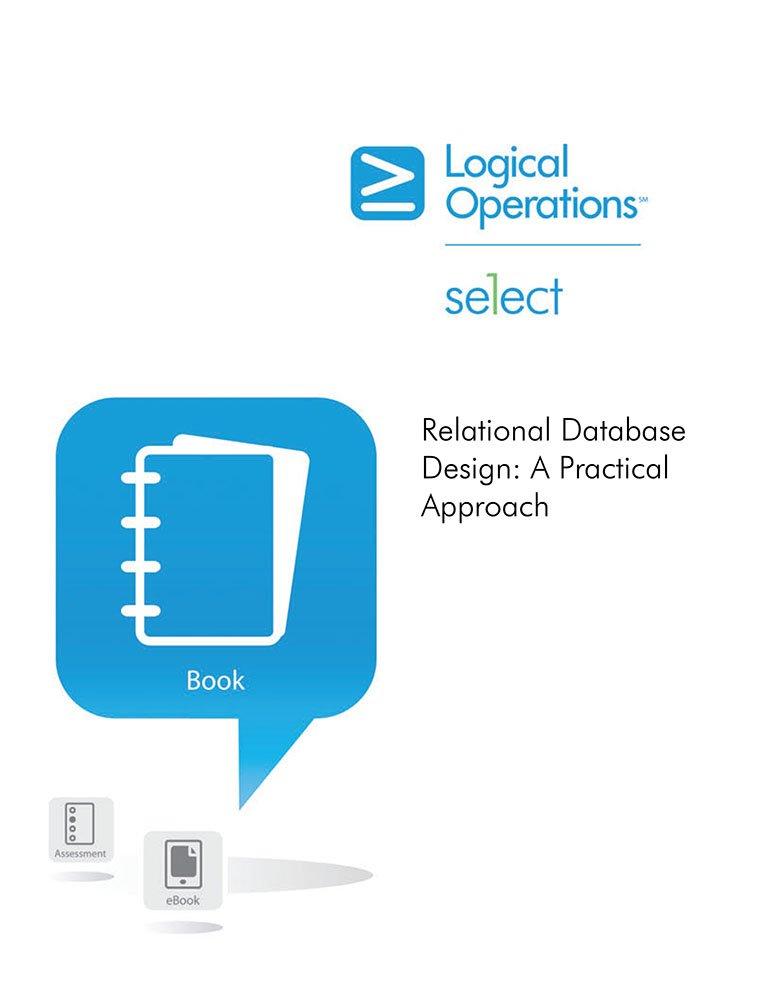Question
Bakery algorithm as defined in the textbook as below. 1 class Bakery implements Lock { 2 boolean[] flag; 3 Label[] label; 4 public Bakery (int
Bakery algorithm as defined in the textbook as below.
1 class Bakery implements Lock { 2 boolean[] flag; 3 Label[] label; 4 public Bakery (int n) { 5 flag = new boolean[n]; 6 label = new Label[n]; 7 for (int i = 0; i < n; i++) { 8 flag[i] = false; label[i] = 0; 9 } 10 } 11 public void lock() { 12 int i = ThreadID.get(); 13 flag[i] = true; 14 label[i] = max(label[0], ...,label[n-1]) + 1; 15 while ((k != i)(flag[k] && (label[k],k) << (label[i],i))) {}; 16 } 17 public void unlock() { 18 flag[ThreadID.get()] = false; 19 } 20 }
Suppose we redefine in the Bakery algorithm as defined in the textbook chapter 2 as below.
(label [i],i) << (label[j],j) If and only if label [i] < label [j]
What would be the impact on the algorithm? Which of the lemmas 2.6.1, 2.6.2, and 2.6.3(they are defined in the textbook) will still be correct? (Or more precisely, which of them wnill continue to be lemmas?) If any of them continues to be a lemma, clearly justify your answer. For ones that are not lemmas anymore, explain with a counterexample.
Step by Step Solution
There are 3 Steps involved in it
Step: 1

Get Instant Access to Expert-Tailored Solutions
See step-by-step solutions with expert insights and AI powered tools for academic success
Step: 2

Step: 3

Ace Your Homework with AI
Get the answers you need in no time with our AI-driven, step-by-step assistance
Get Started


